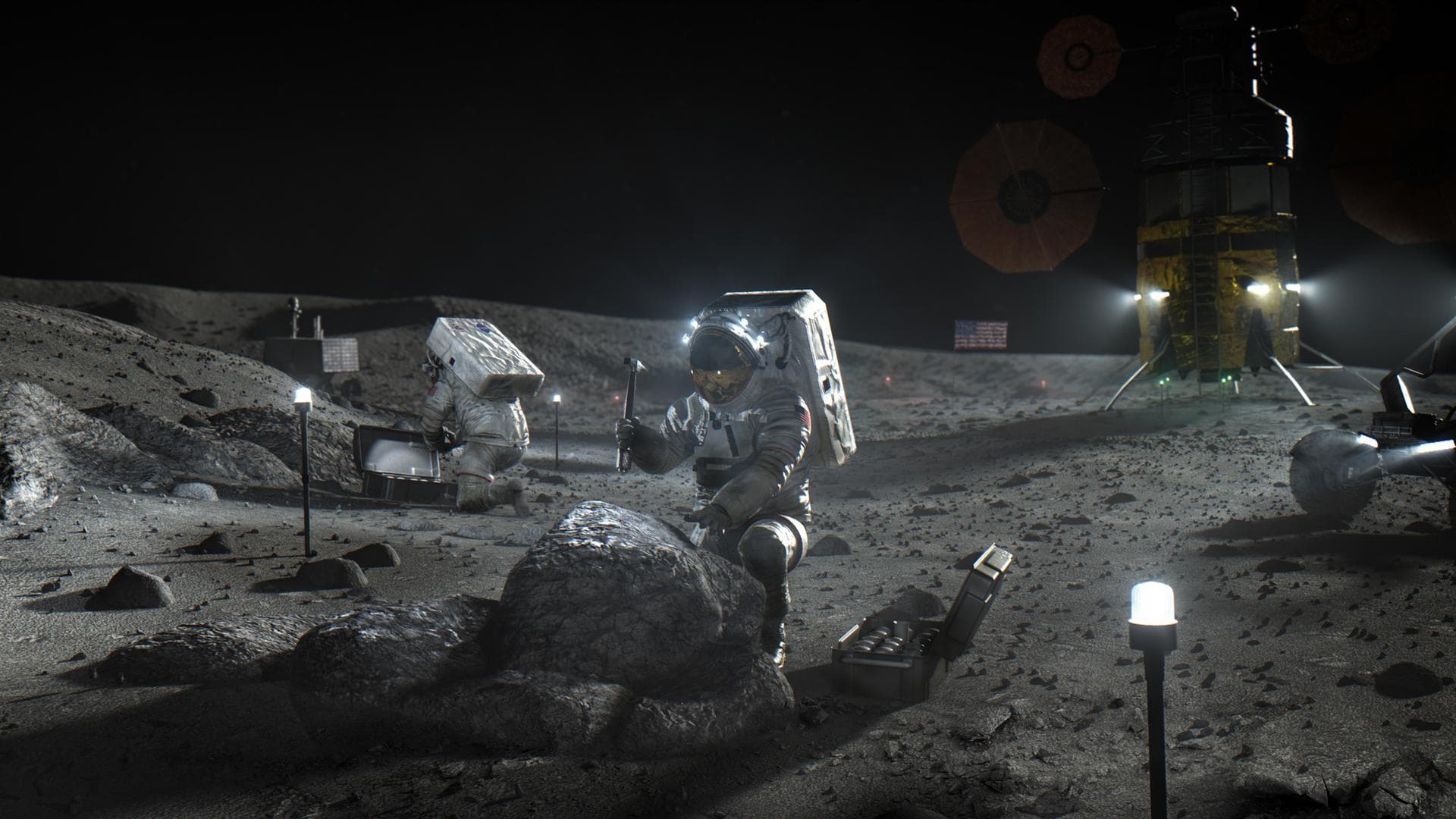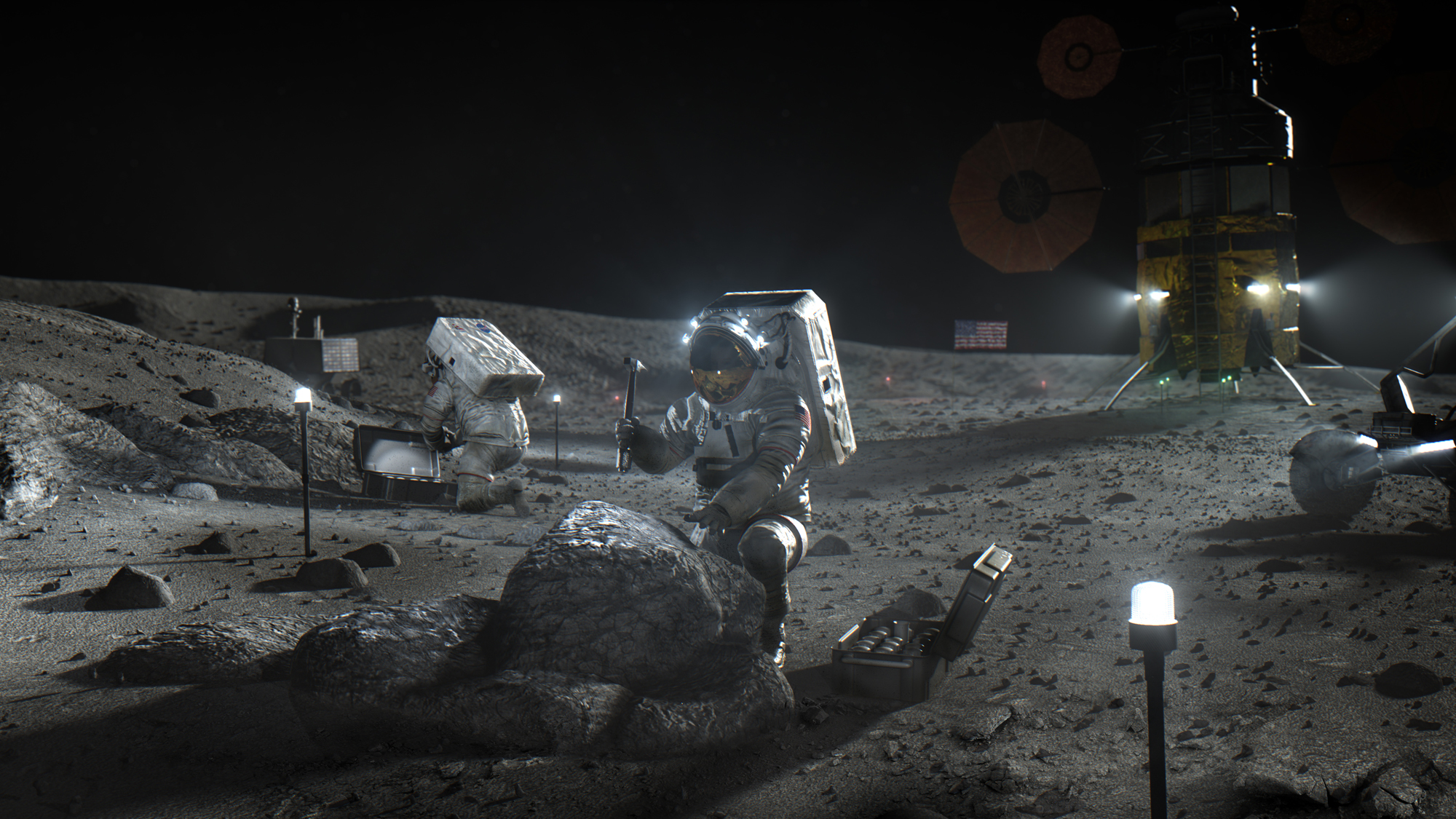
On April 16, NASA summarized the results of the Human Landing Services (HLS) program. Within the framework of it the choice of the lunar module manufacturer for the Artemis program was made. There were three bids – from groups led by Blue Origin and Dynetics, as well as from SpaceX.
Initially, it was assumed that NASA will choose two projects, which will then be implemented independently of each other. A similar scheme was previously used in the creation of private spacecraft designed to carry people aboard the ISS. But financial constraints caused by the reluctance of Congress to allocate the entire amount requested for HLS, made adjustments to these plans. As a result, the aerospace department had to be limited to one winner. It was the company SpaceX.
According to an official press release published on the website of NASA, SpaceX will receive a contract worth $ 2.89 billion, providing for the delivery of astronauts on the lunar surface. The scheme for the first flight will look as follows. The SLS rocket will launch the Orion spacecraft with four crew members to the moon. After reaching the Selenocentric orbit, two of them will go aboard the Starship lander, land at the lunar south pole and spend a week there. They will then take off and return to Orion for a return flight back to Earth.
It is worth noting that the decision to award the contract to SpaceX was a surprise to many experts. It raises a reasonable question about the necessity of using the SLS and the Orion rocket because Starship (at least in theory) should be able to land on the Moon. Apparently, a special version of the spacecraft (probably smaller than the Martian Starship, and without heat shields) will be used for the Artemis program. So far neither NASA nor SpaceX did not give any comments on this. But we can already say that the decision, in all likelihood, will be a major blow to the SLS project. Henceforth the role of superheavy rocket will, in fact, be reduced only to the introduction of Orion spacecraft.
It is currently unknown exactly how Starship will be launched and how the transition of astronauts on board it will be organized. In addition, a press release from NASA said nothing about the timing of the first landing, or about plans to use the near-lunar station Gateway. In all likelihood, we will have to wait for the aerospace administration and SpaceX to announce the technical details of the upcoming missions.





